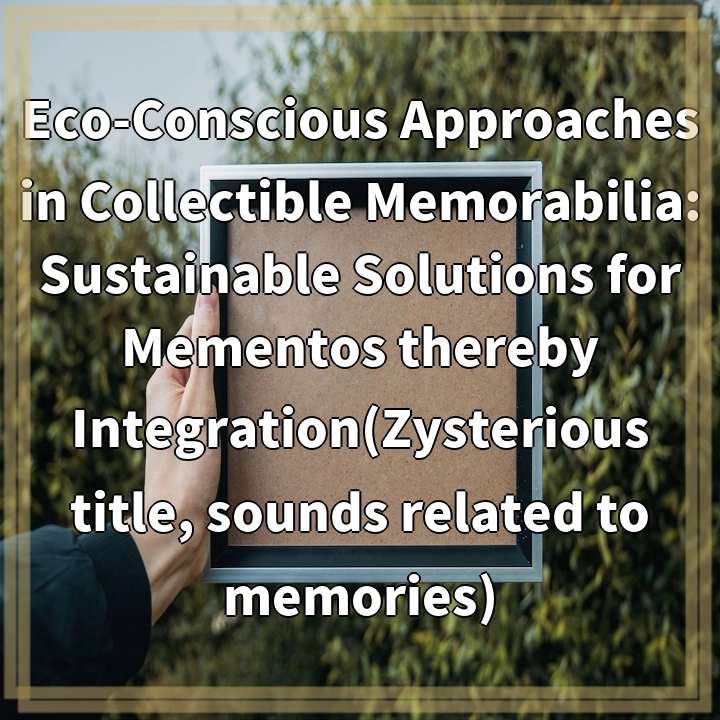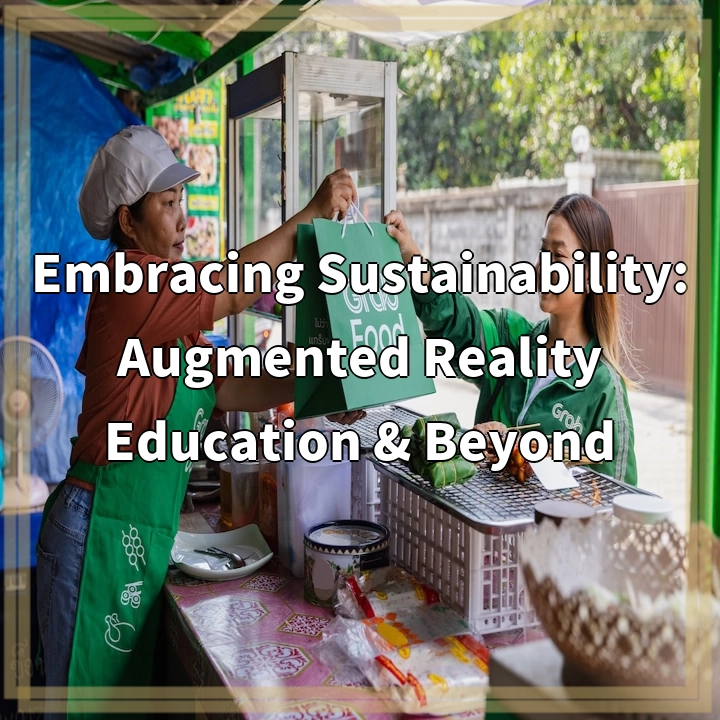
What is Eco-Conscious Approaches in Collectible Memorabilia?
Eco-conscious approaches in collectible memorabilia refer to the adoption of sustainable and environmentally friendly practices in the production, distribution, and disposal of mementos and keepsake items. It involves considering the environmental impacts of the materials, manufacturing processes, packaging, and overall lifecycle of these memorabilia.
Real-World Problems Associated with Collectible Memorabilia
1. Excessive Resource Consumption
Collectible memorabilia often utilize a significant amount of resources, such as materials like plastic, metal, or paper. The extraction, production, and disposal of these resources contribute to various environmental issues, including deforestation, habitat destruction, pollution, and greenhouse gas emissions.
2. High Production Impact
The production of collectible memorabilia often involves energy-intensive processes, such as manufacturing, printing, and packaging. These processes can result in a high carbon footprint, air and water pollution, and waste generation.
3. Non-Biodegradable Materials
Many traditional collectible memorabilia items are made from non-biodegradable materials, such as plastics. When these items are disposed of improperly, they can end up in landfills or polluting natural environments, leading to long-term environmental harm.
4. Limited Recycling Opportunities
Most collectible memorabilia items are not designed with recycling in mind. They often consist of multiple materials that are challenging to separate and recycle. This limited recycling potential contributes to the accumulation of waste in landfills and a missed opportunity to recover valuable resources.
5. Negative Environmental Messaging
In some cases, collectible memorabilia may promote themes or messages that are harmful to the environment. For example, items depicting activities like trophy hunting or unsustainable practices can reinforce negative attitudes towards environmental conservation.
6. Lack of Consumer Awareness
Many consumers are not aware of the environmental impacts associated with traditional collectible memorabilia. Without this knowledge, they may unknowingly support unsustainable practices and contribute to the degradation of the environment.

Sustainable Solutions for Eco-Conscious Collectible Memorabilia
1. Material Selection and Alternatives
Choosing sustainable materials is essential in eco-conscious collectible memorabilia. Opt for materials with lower environmental impacts, such as recycled plastics, renewable resources, or natural and biodegradable materials. Exploring alternative materials like bamboo, cork, or organic fabrics can also be considered.
2. Design for Disassembly and Recyclability
Designing collectible memorabilia with disassembly and recyclability in mind enables easier separation of different components for recycling purposes. Using smaller, modular parts that can be easily replaced or repaired promotes a longer lifespan of the product.
3. Sustainable Packaging
Utilize eco-friendly packaging materials, such as recycled paper or biodegradable plastics, and reduce excessive packaging. Implementing minimalist designs and eliminating unnecessary plastic inserts can help minimize waste and overall environmental impact.
4. Education and Awareness
Raising consumer awareness is crucial in promoting eco-conscious collectible memorabilia. Educate consumers about the environmental impacts of traditional memorabilia and the benefits of sustainable alternatives. This can be done through marketing materials, product labeling, and informative blog posts or articles.
5. Collaboration and Certification
Encourage collaboration between manufacturers, designers, and environmental organizations to develop guidelines and certifications for eco-conscious collectible memorabilia. These certifications can verify sustainable practices and help consumers make informed choices when purchasing mementos.
6. Upcycling and Repurposing
Promote the concept of upcycling and repurposing collectible memorabilia. Encourage consumers to find creative ways to reuse items or transform them into new products instead of disposing of them. This helps extend the lifecycle of the memorabilia and reduce waste.















